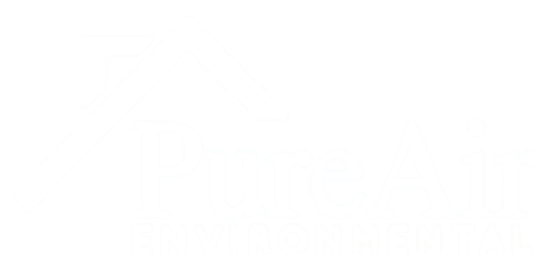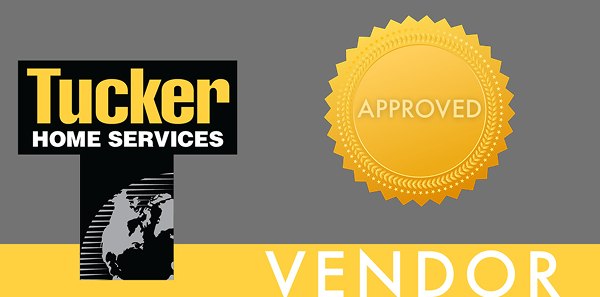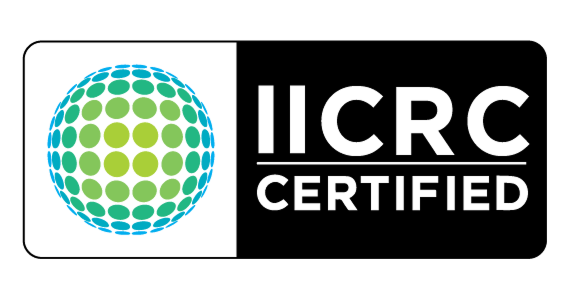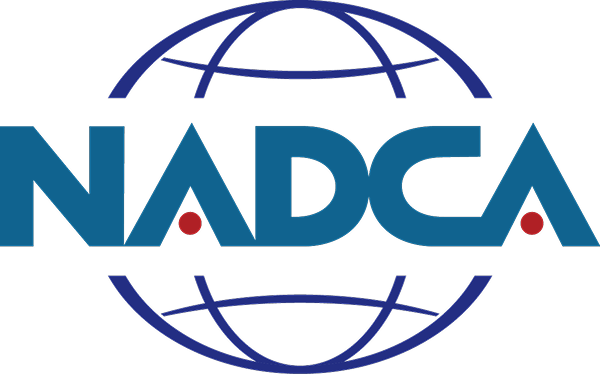Mold inspection is the process of identifying potential mold growth within a structure. It typically begins with a visual examination of the property, often supported by moisture meters, thermal imaging devices, and air or surface sampling equipment. The goal is to determine whether mold is present, what type of mold is involved, and how widespread the contamination might be. In many cases, mold grows behind walls or under floors, making professional tools and experience essential for accurate detection. In climates with high humidity or past water damage, such inspections are especially important.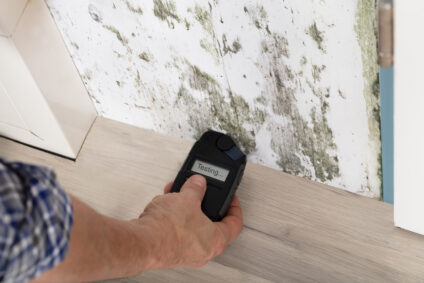
Tools and Techniques Used in Professional Mold Inspections
Professionals use a combination of specialized tools to ensure a thorough mold inspection. Air sampling devices help determine the concentration of mold spores in the environment, while surface samples from walls, ceilings, or HVAC systems can reveal specific types of mold colonies. Moisture mapping allows inspectors to pinpoint damp areas that may be encouraging mold growth. These diagnostics go beyond what is visible to the naked eye. Without expert analysis, even small leaks or hidden mold pockets may be missed, allowing problems to worsen over time. In some circumstances, when the presence of mold is clear, inspection may not be required before moving onto remediation.
The Role of Mold Remediation
Mold remediation refers to the process of removing existing mold from a property and addressing the moisture problem that caused it. Once an inspection confirms the presence and location of mold, remediation professionals follow a detailed protocol to contain, clean, and eliminate it. This may include removing contaminated materials, applying antimicrobial treatments, and deploying HEPA filtration systems to capture airborne spores. Remediation focuses not only on cleaning visible mold but also on ensuring spores are not spread to unaffected areas during the cleanup process. This requires protective barriers, ventilation control, and thorough decontamination.
Key Differences Between Inspection and Remediation
Mold inspection is used to diagnose the problem, and mold remediation is used to solve it. Inspection determines the presence, type, and severity of mold, while remediation is the solution that removes it and restores safe conditions. Inspection may be a one-time visit with a detailed report, whereas remediation can span several days, depending on the scope of the damage. Additionally, these services may be performed by different specialists, but some restoration companies specialize in both. Attempting either process without professional training or equipment can lead to incomplete results or further contamination.
Why Professional Involvement is Essential
Both mold inspection and remediation require precision, training, and an understanding of mold biology and environmental safety. Professional teams know how to conduct sampling without disturbing mold colonies unnecessarily, and they understand how to remove mold without risking exposure to occupants or technicians. Inadequate handling of mold can result in cross-contamination, ineffective removal, or even structural damage. Professionals follow industry-standard protocols, such as those recommended by the EPA or IICRC, to ensure the property is not only cleaned but also protected against future growth.
Mold Inspection – Indianapolis, Indiana
Mold inspection and mold remediation are two separate yet equally critical steps in managing mold-related concerns. Inspection identifies the problem; remediation resolves it. Both processes involve techniques and technologies that go beyond general home maintenance. Especially in properties with a history of water damage, musty odors, or visible mold, our professional involvement at Pure Air Environmental ensures the most accurate findings and the safest restoration results. Skipping expert help in either step can lead to recurring mold issues and compromised indoor air quality. For health, safety, and structural integrity, our team of certified professionals is a reliable path forward.
